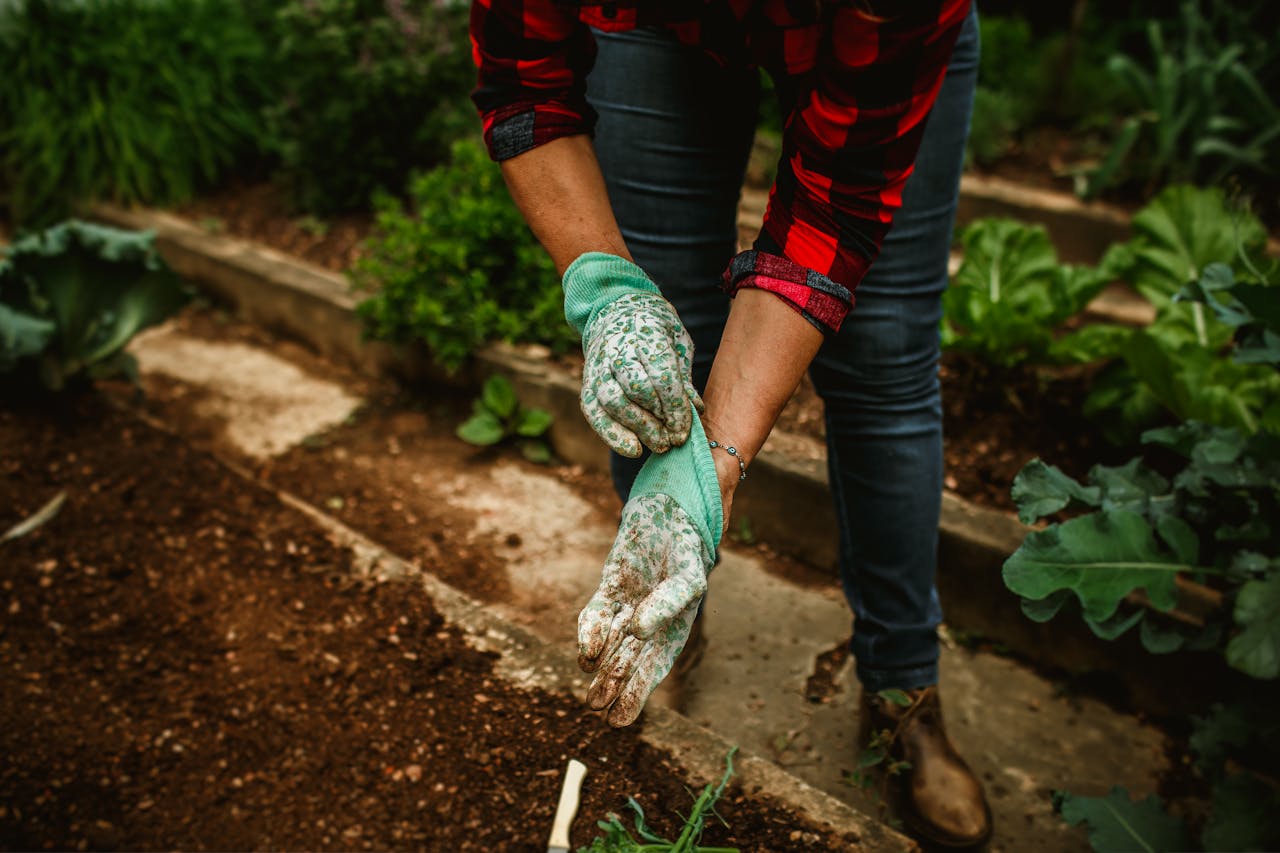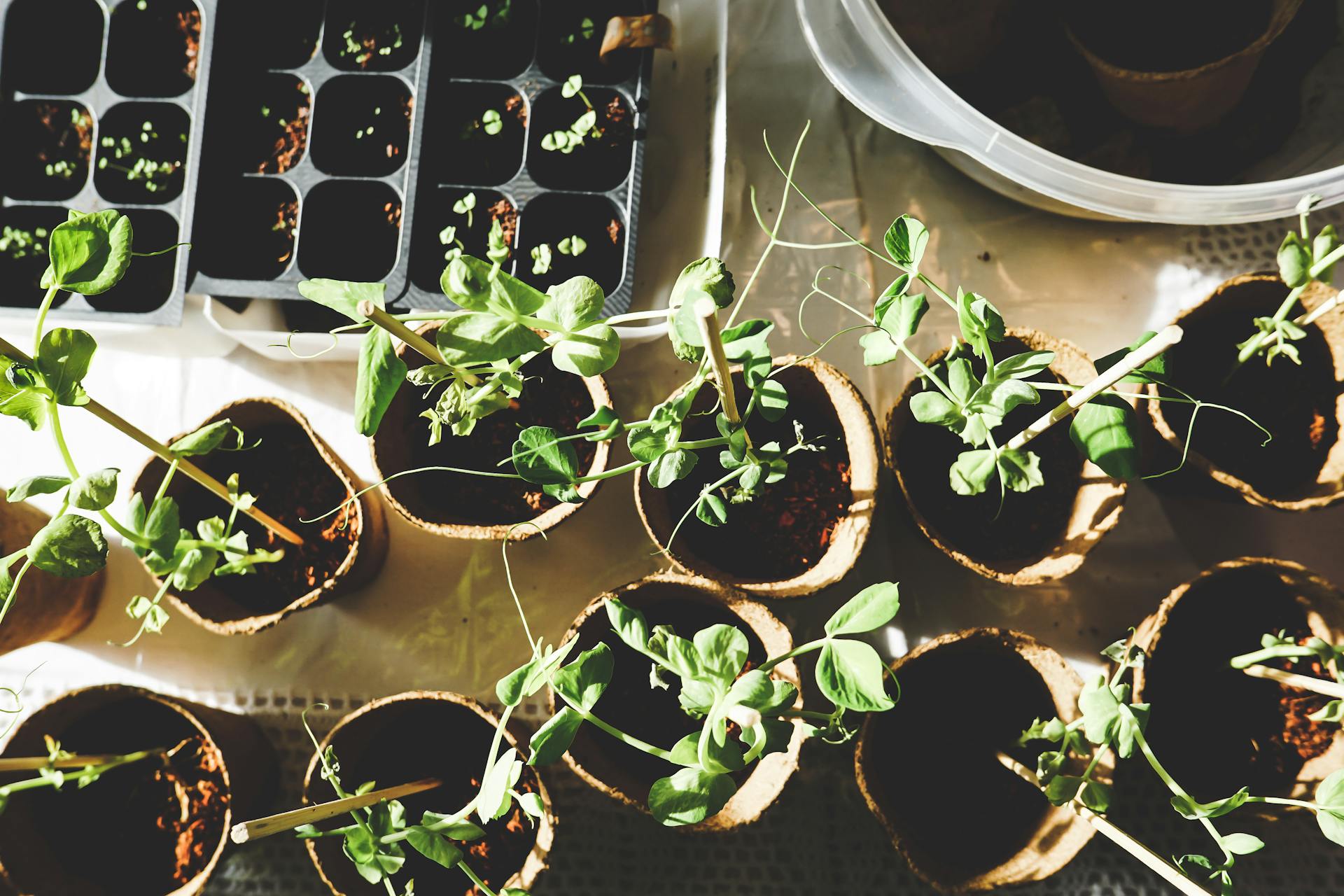
Designing a Seasonal Pollinator Garden: Year-Round Strategies for Supporting Local Wildlife
Introduction: A seasonal pollinator garden is designed to offer continuous support to pollinators throughout the year, providing them with essential resources as the seasons change. By planning and planting with seasonal variations in mind, you can create a garden that supports bees, butterflies, and other pollinators no matter the time of year. This guide outlines key strategies to ensure your garden remains a valuable resource for local wildlife throughout the seasons.
1. Planning for Seasonal Blooms:
a. Spring Bloomers: Early spring flowers are crucial for pollinators emerging from winter. Plant species such as:
Crocus: Provides nectar for early bees.
Dandelion: Offers a crucial food source for many insects as they come out of hibernation.
Hellebore: Blooms in late winter or early spring, attracting early butterflies.
b. Summer Blooms: Maintain a vibrant garden throughout summer with:
Lavender: Attracts bees and butterflies with its aromatic flowers.
Coneflower (Echinacea): Provides nectar for butterflies and seeds for birds.
Black-eyed Susan: A favorite among bees and butterflies.
c. Autumn Blooms: Extend support into fall with plants like:
Asters: Offer late-season nectar for bees and butterflies.
Sedum (Autumn Joy): Provides food for pollinators as other flowers fade.
Goldenrod: A key late-season nectar source for bees.
d. Winter Considerations: Ensure your garden provides winter resources by:
Leaving Seed Heads: Plants like coneflowers and sunflowers offer seeds for birds.
Providing Shelter: Use native grasses and perennial stems to create shelter for insects.
2. Creating Habitat Features:
a. Water Sources: Provide clean water sources for pollinators to drink and bathe. Consider:
- Shallow Birdbaths: Place pebbles in the bath to give insects a place to land.
- Small Ponds: Include rocks and plants around the edge for insects to access water safely.
b. Shelter and Nesting Sites: Offer habitat features that support pollinator life cycles:
- Bee Hotels: Install bee hotels with tubes or blocks for solitary bees to nest.
- Butterfly Houses: Provide shelter for overwintering butterflies and other insects.
3. Sustainable Practices:
a. Organic Gardening: Avoid chemical pesticides and fertilizers that can harm pollinators. Instead, use organic methods such as:
- Companion Planting: Plant herbs and flowers that naturally repel pests.
- Natural Predators: Encourage beneficial insects like ladybugs and lacewings to control pests.
b. Composting: Use compost to enrich soil naturally, reducing the need for synthetic fertilizers. Composting also helps create a healthy environment for pollinators by promoting robust plant growth.
4. Engaging with the Community:
a. Educating Others: Share your knowledge about seasonal pollinator gardening with friends and neighbors. Host workshops or garden tours to inspire others to create their own pollinator-friendly spaces.
b. Participating in Local Initiatives: Join local pollinator conservation programs or community garden groups that focus on supporting pollinators. Collaboration with others can amplify your efforts and contribute to broader conservation goals.
5. Monitoring and Adapting:
a. Observing Pollinator Activity: Regularly observe the types and numbers of pollinators visiting your garden. Use this information to make adjustments to plant selection and garden design to better support their needs.
b. Adapting to Changes: Be prepared to adapt your garden as seasons change or as new challenges arise. Stay informed about the needs of pollinators and be willing to modify your garden to continue providing valuable resources.
Conclusion: Creating a seasonal pollinator garden is an ongoing commitment to supporting local wildlife throughout the year. By planning for year-round blooms, providing essential habitat features, and practicing sustainable gardening, you can make a significant positive impact on the health and diversity of pollinator populations. Embrace these strategies to cultivate a garden that not only enhances your outdoor space but also plays a vital role in supporting the environment.
Recent articles from Gardening

Designing a Seasonal Pollinator Garden: Year-Round Strategies for Supporting Local Wildlife
Introduction: A seasonal pollinator garden is designed to offer continuous support to pollinators throughout the year, providing them with essential resources as the seasons cha...

Upcycling Old Garden Tools: Creative Projects for Sustainable Gardening
Introduction: Transforming old or unused garden tools into functional and decorative items is a fantastic way to practice sustainability while adding unique touches to your gard...

Eco-Friendly Gardening with Recycled Materials: Creative Uses for Old Tools and Containers
Introduction: Gardening sustainably involves more than just planting and watering; it also encompasses how we use and repurpose materials. By creatively reusing old tools and co...